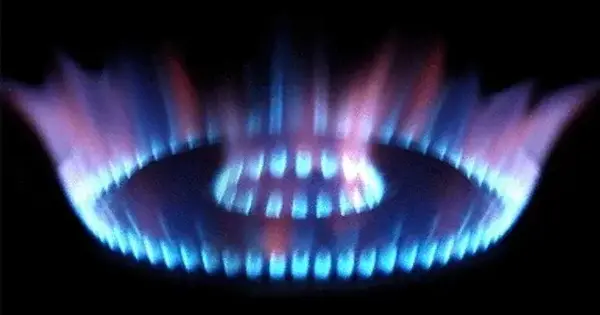Blending hydrogen into natural gas pipelines is an area of interest and research as part of efforts to transition to a more sustainable and low-carbon energy system. Hydrogen is regarded as a clean energy carrier, and blending it with natural gas is one method of incorporating hydrogen into existing infrastructure.
Mathematical modeling can demonstrate how to safely blend hydrogen with natural gas for transport in existing pipeline systems. One of the proposed solutions for the transition to a net-zero-carbon economy is a safe and reliable transition to hydrogen.
“Mixing hydrogen into a natural gas pipeline changes how the gases flow, which will create new conditions for operators,” said Anatoly Zlotnik, a co-author of a new paper on the modeling in the journal PRX Energy. Zlotnik, a mathematician at Los Alamos National Laboratory, has expertise in modeling, designing and controlling energy-transmission systems. “Our modeling shows that injecting hydrogen gradually into a natural gas pipeline network allows safe, predictable operations.”
Mixing hydrogen into a natural gas pipeline changes how the gases flow, which will create new conditions for operators. Our modeling shows that injecting hydrogen gradually into a natural gas pipeline network allows safe, predictable operations.
Anatoly Zlotnik
Zlotnik and his Los Alamos colleagues developed the model for transporting heterogeneous mixtures of natural gas and hydrogen through pipeline systems using nonlinear partial differential equations. According to the paper, the infrastructure modeling includes compressor and regulator units, supply stations that inject gas into the network at defined pressures and hydrogen blends, and flow stations that withdraw the mixture from the network.
Calculations are required to determine the optimal hydrogen-to-natural-gas ratio in the blend. This is determined by factors such as the energy content of hydrogen and natural gas, combustion characteristics, and the desired hydrogen concentration.

Solving challenges to pipeline operation
Transporting hydrogen in existing natural gas pipeline networks enables operators to maximize the utility of these extensive and expensive facilities as part of a strategy to reduce carbon-emitting fossil fuels. Hydrogen is much lighter than natural gas, which is mostly methane, so blending them challenges pipeline operation in new ways.
The Los Alamos team determined that limiting the rate of change of hydrogen injection into a natural gas pipeline will prevent large, rapid pressure changes. The team’s methods for simulating a pipeline network could help operators develop injection rate standards.
As a clean fuel that emits no carbon dioxide, hydrogen has several advantages. In a fuel cell, hydrogen and oxygen combine to produce electricity that can be used to power cars, trucks, and other devices. Hydrogen can also be mixed with natural gas and used in appliances like furnaces and dryers, or it can be burned to power manufacturing plants or generate electricity.
















